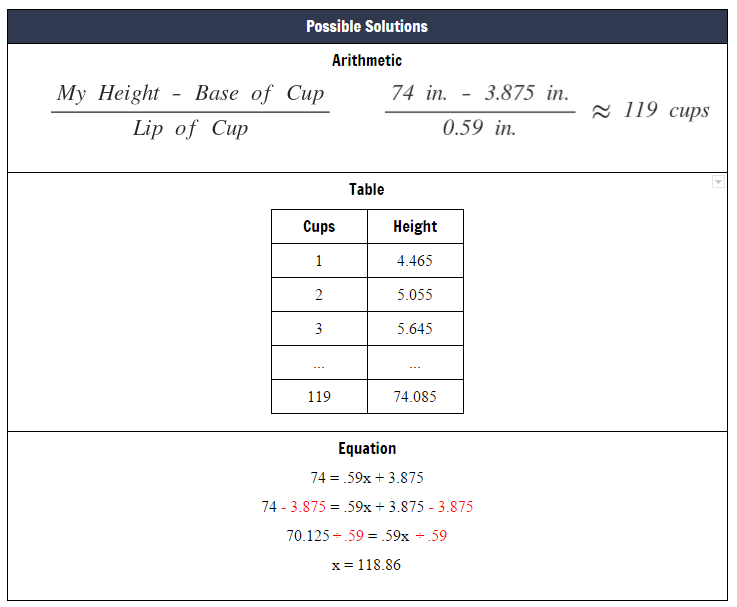Seating Charts
- Dane Ehlert
- Mar 28
- 4 min read
In our class, we work in groups pretty much all day, every day. What do seating charts look like? Here’s a blank template.
I’m in favor of strategically choosing groups, and the process begins by sorting students based on test scores. Here’s a quick video showing how it plays out…
…and here’s a sample picture of the groups placed in the seating chart.

Before the year begins, I look up each student’s score on the previous year’s state exam. From there, the class roster is sorted from highest to lowest score. My goal is to make sure no group is one-sided in either direction. I don’t want all the highest scores together or all the lowest scores together. The hope is for groups to be as heterogeneous as possible and for every group to be able to pull from the resources within the group to be able to support themselves.
Therefore, I begin by putting the top 7 or 8 (depending on how many groups are in a class) scoring students in separate groups. From there, the lowest 7 or 8 are put in separate groups starting with the lowest score matching with the lowest high score. This method is used in order to keep the range from lowest to highest score in the group smaller to help keep students from getting left out within groups.
After these 14-16 students have been placed, the remaining highest and lowest score are put together in any of the 7 or 8 groups. The same goes for the next remaining highest and lowest, and the pattern continues until all students have been placed in a group (see the video).
Quick note
Although I use scores to create seating charts, I do not believe in calling students “high students” or “low students,” and it’s not my intention to label them when they’re sorted. I’m just using the words high and low in this post to clearly describe the process that has worked for me to help groups become more successful in our class.
How often do we change the seating chart?
Depending on how well groups gel, I like to change the seating chart once a nine weeks, and it’s usually after our quarterly district test because new scores can be used to repeat the process from above. However, if after 4 or 5 weeks it’s apparent that groups are getting a little antsy, we’ll change the seating chart to mix it up.
Overall, I prefer to keep students in the same group for longer periods of time because it allows for solidifying working relationships with each other. Kids start to get comfortable working together, and groupwork becomes more of a well-oiled machine. Sometimes, switching groups too quickly can restart the relationship building process and temporarily hurt the effectiveness of the group. Just like many things in teaching though, this requires teacher discretion and can depend on the class. Some of my classes can stay in the same groups for longer than 9 weeks without missing a beat. Other classes need more frequent changes. As we know, the unique makeup of each class determines a lot.
Rearrangements
This grouping process usually doesn’t produce a finished product right away. Some students need to be switched around for various reasons. Whether it’s accommodations or student issues with other students, a closer look is needed before the seating chart is complete.
The first thing to look at is student accommodations. If students have accommodations related to seating arrangements, we must pay careful attention to their location in the room. For these specific students, many times it’s appropriate to place them near the front of the room and in a forward facing desk. Let’s take a look at the room arrangement to see what I mean.

Because of the types of desks I have and the group formations, two desks in every group directly face the front of the room, and two face sideways. If I know students need support for various reasons, whether it’s based on accommodations or behavior tendencies, then I tend to reserve the forward facing desks for them.
Another important consideration is students with anxiety. For many, sitting in groups can be difficult and increase anxiety. Therefore, if we’re aware of this, it’s important to speak one-on-one with them or their guardian to determine how to best serve him or her.
For example, this year I noticed a student putting his head down quite a bit. At first, I did what I do whenever I see any student doing this. I tapped him on the shoulder asked how he was doing, and continued to work the room without drawing much attention to it. However, he continued over several classes, so I decided to contact his guardian. I said that he’s not in trouble, but I just noticed him putting his head down frequently and wanted to know how I could better serve him. I mainly wanted to check to see if he was okay.
Through our conversation, I learned that it made him anxious to directly look at another student, and he happened to sit in a desk that directly faces another student (one of the non-forward facing desks). Therefore, I immediately made the change to put him in a forward facing desk to help. He had no more issues with putting his head down and had less anxiety as a result.
Other notes
When changing the groups students are in, I make sure the students switching with each other have similar test scores. This keeps the variety of scores similar and maintains heterogeneous groupings.
The right side of the room tends to be where I place the more energetic students because it’s usually the most common area I circulate (just based on where my computer is to control the projector and stuff). Therefore, I’m able to keep these students on task a little quicker.

Commentaires